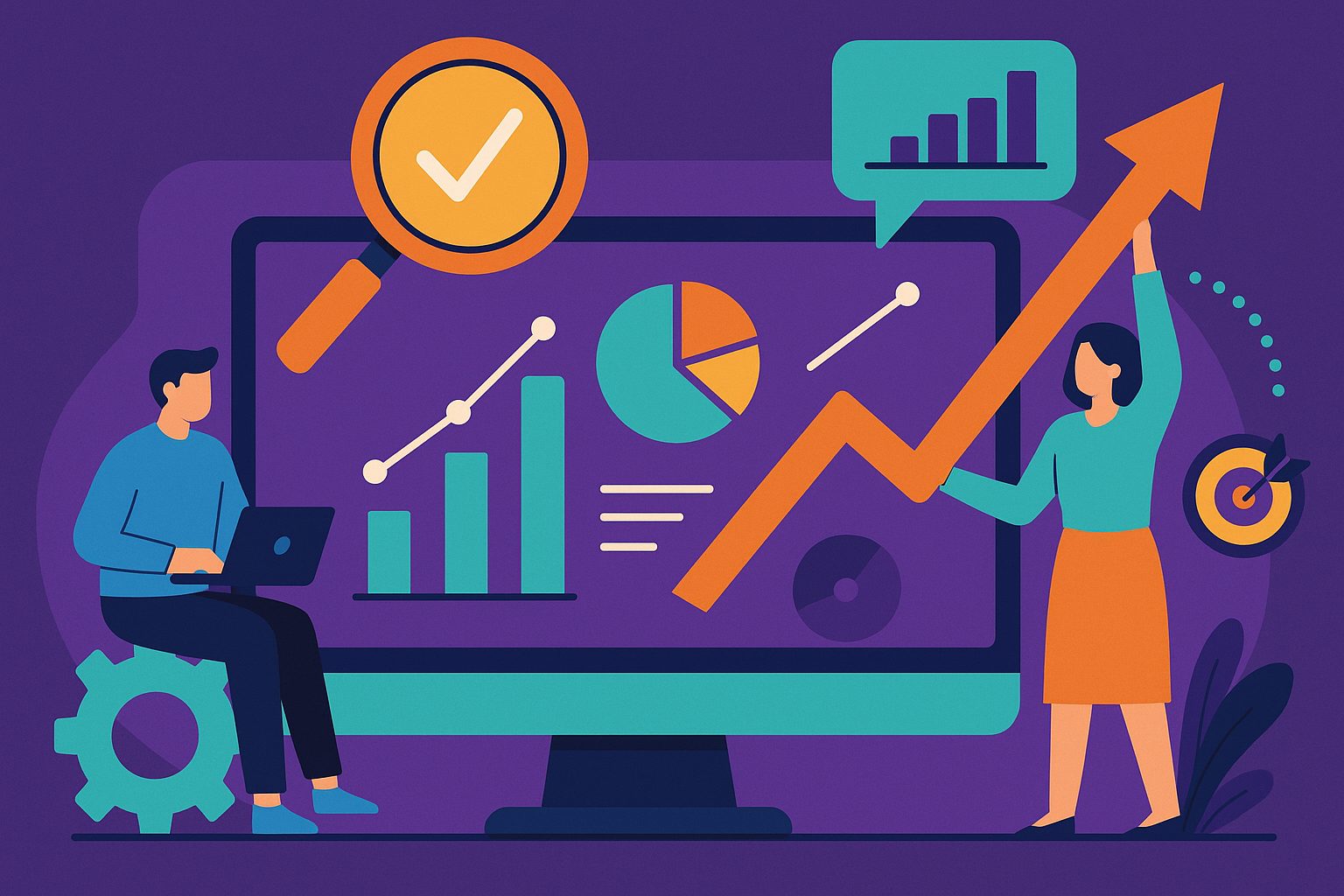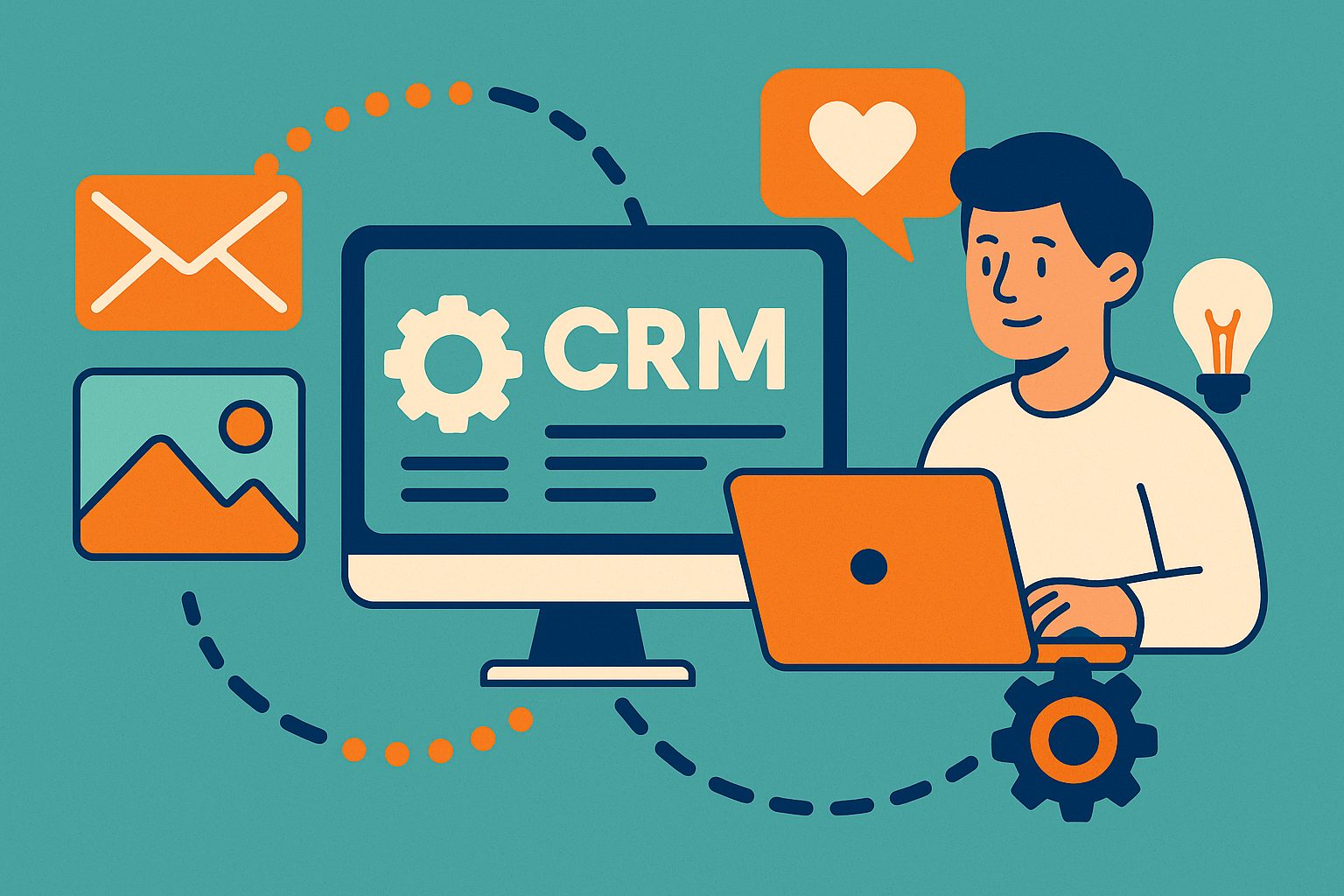Campaign Success Starts with Smarter Insights
In the world of crowdfunding, passion fuels the vision—but data drives the results. While a compelling story and beautiful branding can attract attention, it’s analytics that tells you whether your campaign strategy is working or drifting off course. With the right analytics integrations, you’re not just launching a campaign—you’re orchestrating a performance backed by real-time feedback. When integrated correctly, analytics tools become your backstage crew, measuring everything from traffic to conversions, heatmaps to user behavior, and giving you the power to pivot, optimize, and scale with confidence. Campaigns that embrace analytics don’t just chase results—they shape them.
Why Analytics Integration Changes the Game
Most creators start a campaign with optimism and a checklist: build a page, share it on social media, send some emails, and hope for the best. But hope alone is not a strategy. Analytics integration changes the game by turning every action—every click, scroll, and pledge—into measurable feedback. Instead of guessing why traffic slowed or which email converted best, you’ll have concrete answers. Analytics helps you understand not only what’s happening but why it’s happening. This means you can make smarter decisions faster. Want to double your conversions? Learn which platform sends the most engaged traffic. Need to reduce bounce rates? Discover what part of your landing page is losing attention. Data doesn’t just help you react—it empowers you to lead.
Laying the Groundwork with the Right Tools
Before you dive into strategy, you need the right tools working in sync. Google Analytics is the cornerstone for most campaigns. It provides robust traffic insights, behavioral flow, and conversion data, and when paired with UTM parameters, it offers detailed attribution that’s essential for campaign optimization. Platforms like Meta Pixel and Google Ads Conversion Tracking bring clarity to ad performance, helping you fine-tune your targeting and creative. Integrating tools like Hotjar or Crazy Egg gives you a visual layer—heatmaps, click maps, and session recordings—that shows how users interact with your campaign in real time. And when it comes to email performance, syncing platforms like Mailchimp, ActiveCampaign, or ConvertKit with your analytics stack means every open, click, and conversion is tracked. Together, these tools create a unified analytics ecosystem that supports your entire campaign lifecycle.
Using Traffic Data to Strengthen Acquisition Tactics
Knowing where your audience comes from is the first step to understanding how to reach more of them. Analytics integrations allow you to pinpoint traffic sources by channel—social, search, direct, referral, or paid. This data isn’t just informational—it’s directional. If your Google Analytics dashboard shows that Instagram traffic has a low bounce rate and a high conversion rate, you now have proof that this channel deserves more of your budget and creative energy. Conversely, if you’re running Facebook ads and notice a steep drop-off after the landing page loads, it may be time to tweak your message or optimize your page speed. With integrated analytics, your acquisition strategy becomes agile. You’re no longer stuck with fixed plans—you can shift your approach on the fly, and let your data show you where your audience is already engaged.
Optimizing Conversion Rates with Behavioral Analytics
Every crowdfunding page has one job: to convert interest into action. But if your campaign views outnumber your pledges by a wide margin, it’s time to dig into behavioral analytics. Tools like Hotjar or Microsoft Clarity show you how visitors are engaging with your page. Are they scrolling past your headline without stopping? Are they bouncing before they reach the rewards section? Are users hesitating at the checkout? These tools reveal more than numbers—they uncover friction points. With heatmaps, you can see which buttons get clicked and which ones are ignored. With session recordings, you can watch users in real time as they navigate, hesitate, and leave. This insight helps you restructure your content, reposition your calls to action, and remove unnecessary distractions. The goal is not to redesign blindly but to iterate intelligently. Behavioral analytics give you the blueprint to build a smoother, faster, and more persuasive campaign experience.
Improving Messaging with Email Performance Data
Email is one of the most powerful conversion tools in a campaign strategy—when it’s used with precision. By integrating your email platform with your analytics system, you gain visibility into how email performance impacts your campaign directly. You’ll know which subject lines get the highest open rates, which calls to action earn the most clicks, and which emails lead to actual pledges. This goes beyond vanity metrics. It gives you insight into timing, tone, content structure, and urgency. For example, if your launch announcement email performs well, but your stretch goal update doesn’t, it could signal a lack of clarity or relevance. By analyzing patterns across multiple sends, you can refine your approach, create more targeted messaging, and segment your audience based on past behavior. The result is a personalized, high-converting communication strategy that evolves with your audience instead of bombarding them with generic updates.
A/B Testing Through Integrated Tools
One of the most exciting advantages of analytics integrations is the ability to test hypotheses in real time. A/B testing—or split testing—allows you to compare two versions of the same asset to determine which performs better. This could be anything from your headline, page layout, button color, video thumbnail, or email subject line. Many analytics tools support A/B testing natively or through third-party integrations. For instance, Google Optimize allows you to run experiments directly on your campaign page if you’re using a custom domain. Mailchimp and ActiveCampaign allow you to test email content against performance metrics. The key to successful testing is to change one element at a time and track the impact precisely. Over time, these small tweaks compound into significant improvements. When you integrate A/B testing into your analytics workflow, you move from making decisions based on intuition to evolving your campaign based on evidence.
Real-Time Dashboards That Keep You Agile
Timing matters in crowdfunding. The first 48 hours and the final 48 hours are often the most critical periods of a campaign. Real-time analytics integrations keep you informed during these high-stakes windows. Instead of waiting for end-of-day reports, real-time dashboards from tools like Google Data Studio, HubSpot, or custom-built dashboards via Zapier or Segment allow you to see up-to-the-minute performance. You can track pledges per hour, referral sources, ad performance, and user behavior trends—all from one interface. This immediacy gives you a massive advantage. If an influencer shoutout causes a traffic spike, you’ll know within minutes and can amplify it with retargeting ads or social proof. If a checkout error starts affecting conversions, you can address it before it derails your momentum. The faster you can react, the more effective your strategy becomes—and real-time analytics is what enables that speed.
Aligning Analytics with Stretch Goal and Reward Tier Strategy
As your campaign evolves, so do your goals. Stretch goals and new reward tiers are exciting tools for boosting pledges mid-campaign—but only if you launch them with insight. Integrated analytics can tell you which reward tiers are converting best, which have the highest average pledge value, and which are causing confusion or abandonment. Before announcing a new tier, study user behavior data to determine whether your audience prefers physical rewards, digital perks, or exclusive access. Analyze the conversion rates of similar tiers and compare traffic sources to determine where to promote your announcement. For stretch goals, use analytics to identify the best time to introduce them—ideally when engagement begins to plateau. By grounding your stretch and tier strategies in real data, you’re not just guessing what your audience wants. You’re responding to what they’re already telling you with their clicks, views, and pledges.
Scaling Your Strategy with Attribution Modeling
One of the most advanced uses of analytics integrations is attribution modeling. This is the process of understanding which touchpoints in a user’s journey contributed most to their conversion. Did they pledge because of an ad, an email, a blog post, or a friend’s referral? Traditional analytics might credit only the last click, but integrated attribution tools like Google Analytics 4 or Segment offer multi-touch models that show you the full picture. This means you can identify the channels that are building awareness, the ones driving action, and the ones that need refinement. Attribution modeling helps you allocate your resources with precision. Instead of evenly splitting your ad budget or overloading your email list, you invest where impact is proven. When creators understand the full path to conversion, their campaigns become smarter, leaner, and more scalable.
Turning Insights Into Action
All the data in the world is useless unless you do something with it. The ultimate goal of analytics integration is action—clear, confident, and strategic movement forward. Maybe that action is updating your hero image based on a drop in scroll depth. Maybe it’s retargeting high-value visitors who didn’t pledge. Maybe it’s removing a confusing reward tier that’s causing friction. The beauty of integrated analytics is that it doesn’t just tell you what’s broken—it gives you the insight to fix it and the confidence to experiment. When your campaign strategy is data-informed, you act faster, fail smarter, and grow stronger. It’s not about chasing perfect metrics—it’s about using the truth in your data to build campaigns that resonate, convert, and thrive.
Data Fluency Is a Creator’s Superpower
The most successful creators aren’t just talented—they’re fluent in data. They don’t see analytics as a technical burden but as a creative tool. They use it to tell better stories, build stronger relationships, and make more meaningful decisions. With the right integrations in place, analytics stops being intimidating and starts becoming empowering. It becomes part of your intuition. You’ll know when to launch a new reward tier. You’ll sense when it’s time to pivot your messaging. And you’ll act not because you’re guessing, but because your dashboard shows you exactly where to go. In a world where every creator is competing for attention, fluency in data is the edge that makes your campaign stand out.




